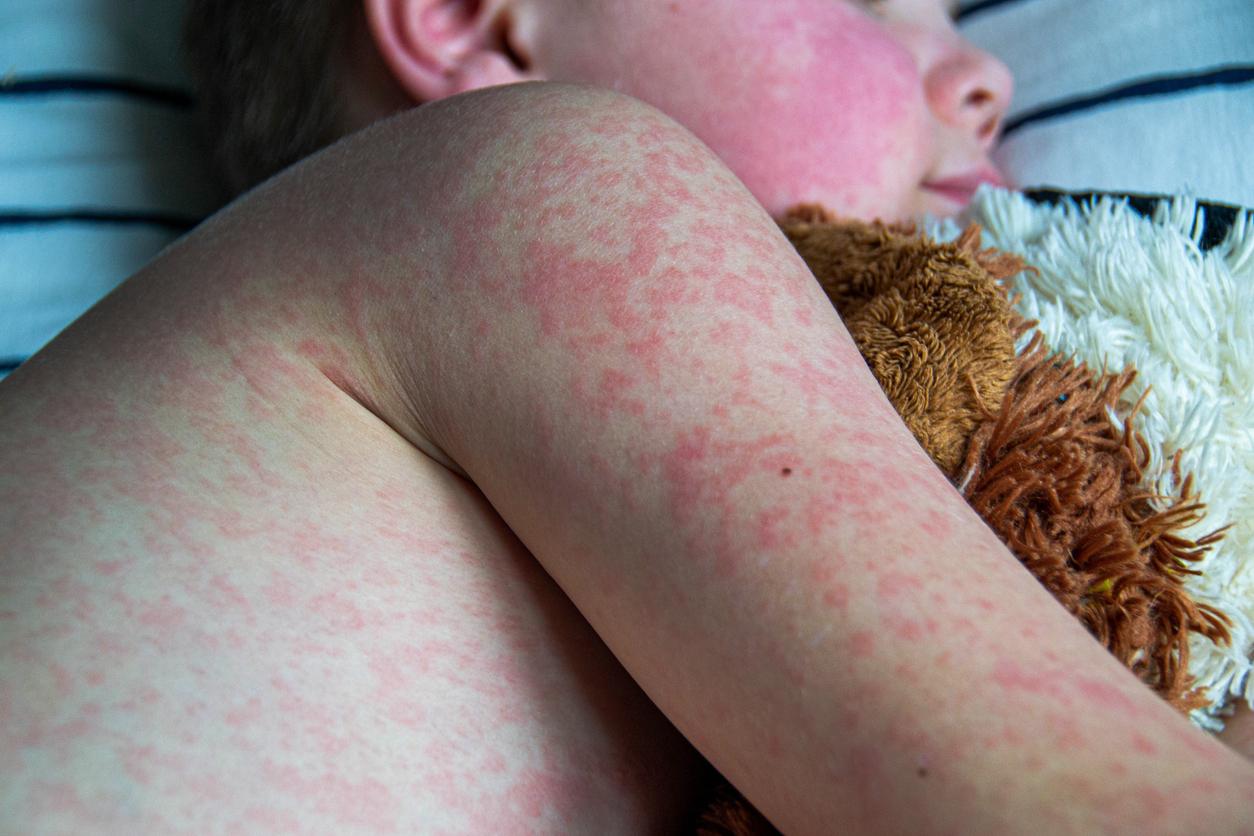According to a WHO study, vaccination especially saved the lives of infants, particularly the measles vaccine.

- Over the past 50 years, vaccination has saved approximately 154 million people worldwide.
- Young children represent the majority of lives saved.
- The measles vaccine has had the greatest impact.
Six lives saved every minute thanks to vaccination. This estimate comes from a study published in Tea Lancet, and led by the World Health Organization. In total, over the past fifty years, around 154 million lives have been saved. “The vast majority of lives saved – 101 million – were those of infants.specifies the WHO in a communicated. Vaccination has improved life expectancy at birth, but also the chances of “lead a healthy life into adulthood” for babies.
Which vaccines have helped to improve life expectancy?
The study began in 1974, the date of launch of the Expanded Program on Immunization, by the World Health Assembly. Its goal was to vaccinate all children against diphtheria, measles, whooping cough, polio, tetanus, tuberculosis and smallpox. At the start of the program, 5% of infants worldwide had access to vaccination; today, 84% of infants have received all three doses of the diphtheria, tetanus and pertussis (DTP) vaccine.the global marker of vaccination coverage”notes the WHO.
The organization specifies that the number of lives saved thanks to vaccination is “a conservative estimate and not a complete account of the life-saving impact of vaccines”. In fact, today there are vaccines to protect against around 30 potentially fatal diseases, and the study covers 14 of them: diphtheria, Haemophilus influenzae type B, hepatitis B, Japanese encephalitis, measles, meningitis A, pertussis, invasive pneumococcal disease, poliomyelitis, rotavirus, rubella, tetanus, tuberculosis and yellow fever. According to the research findings, the one against measles had “the most significant impact” on child mortality: it represents 60% of lives saved in this age group.
Vaccines are among the most powerful inventions in history, making once-feared diseases preventable.
With continued research, investment and collaboration, we can save millions more lives today and in the next 50 years. #HumanlyPossible #WorldImmunizationWeek pic.twitter.com/HqBG6ABYuf
— Tedros Adhanom Ghebreyesus (@DrTedros) April 24, 2024
Disability, life expectancy, health spending: the multiple benefits of vaccination
But vaccination has positive long-term effects: statistics show that it saves an average of 66 years of life. “Societal, economic or educational impacts on health and well-being over the 50 years have also contributed to further reductions in mortality.”, estimates the WHO. Vaccination also reduces the risk of disability. “As a result of polio vaccination, more than 20 million people are able to walk today who otherwise would have been paralyzed, and the world is on the verge of eradicating polio, once and for all.”develops the press release.

Vaccination: what avenues for improvement?
While the organization is pleased with these results, it indicates that vaccination must be extended. “There were still 33 million children who missed a dose of measles vaccine in 2022: almost 22 million missed their first dose and an additional 11 million missed their second dose., explains the document. The objective of a coverage rate of 95%, with two doses, for measles, would protect the population. However, for the moment, the global coverage rate for the first dose of vaccine is 83% and 74% for the second. Therefore, the WHO considers it essential to continue to promote vaccination and develop new serums.
“Vaccines are among the most powerful inventions in history, making once-feared diseases preventable, comments WHO Director-General, Dr Tedros Adhanom Ghebreyesus. Thanks to vaccines, smallpox has been eradicated, polio is on the brink, and with the more recent development of vaccines against diseases like malaria and cervical cancer, we are pushing the boundaries of disease. Through continued research, investment and collaboration, we can save millions more lives today and over the next 50 years.”

















